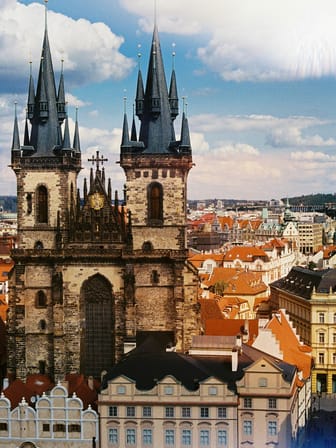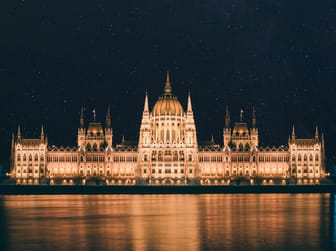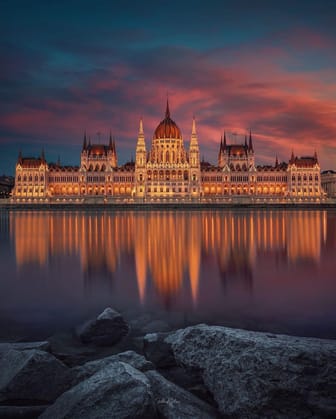Vajdahunyad Castle
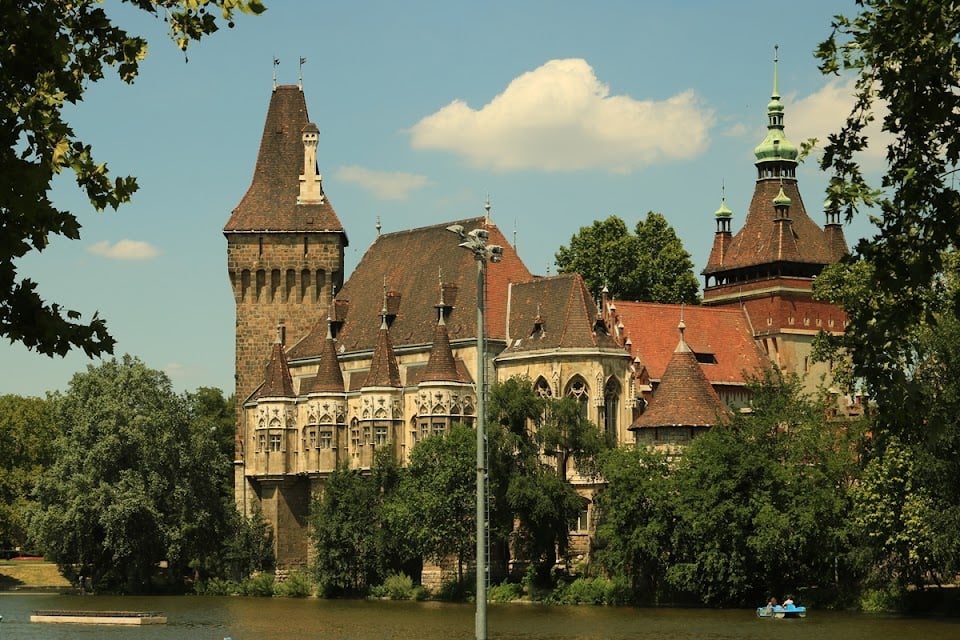
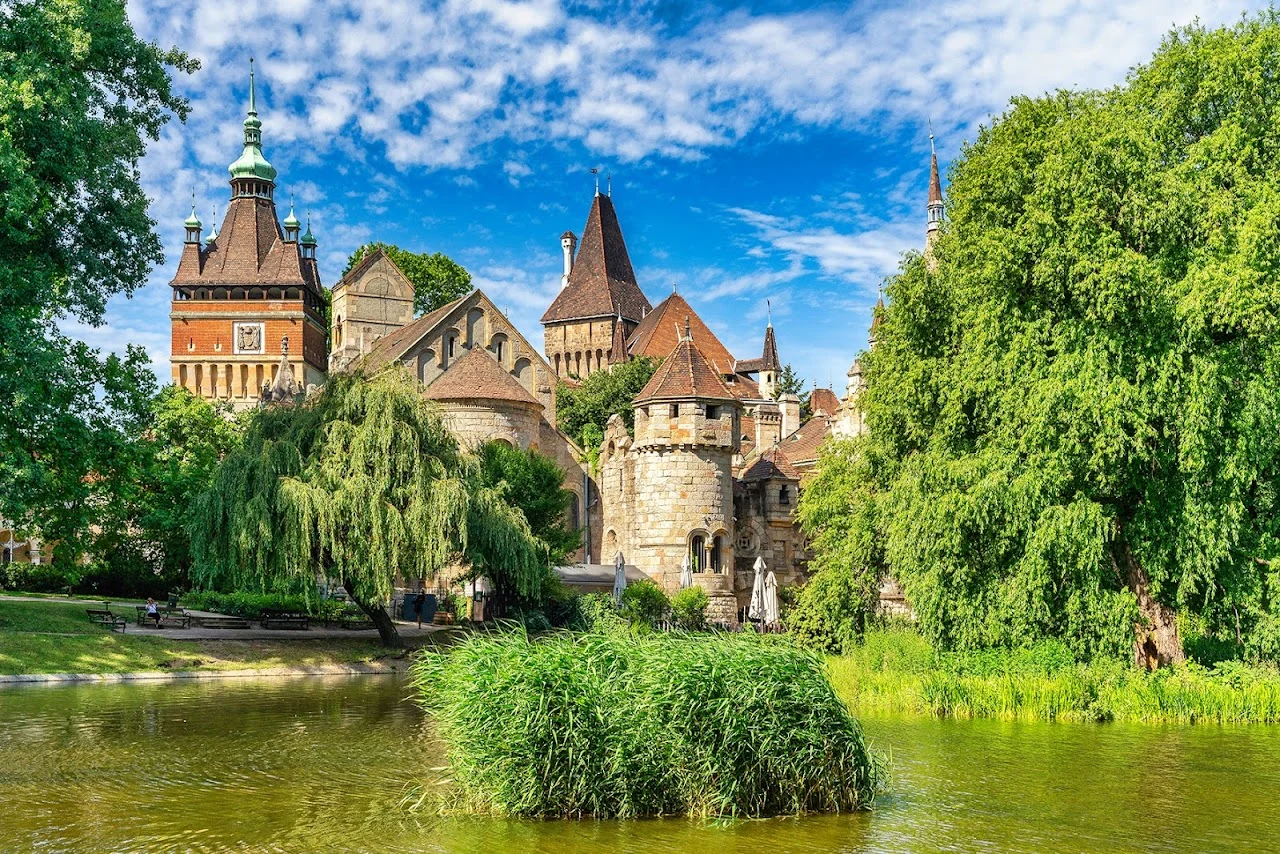
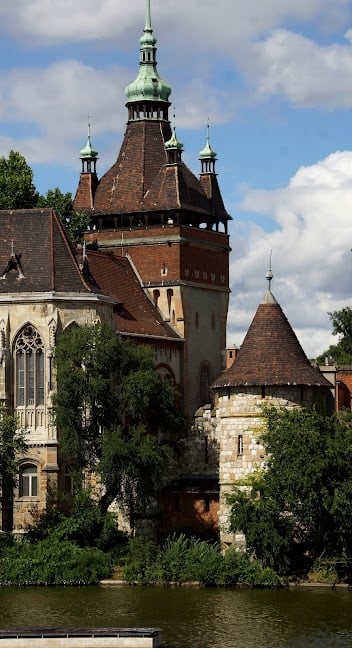
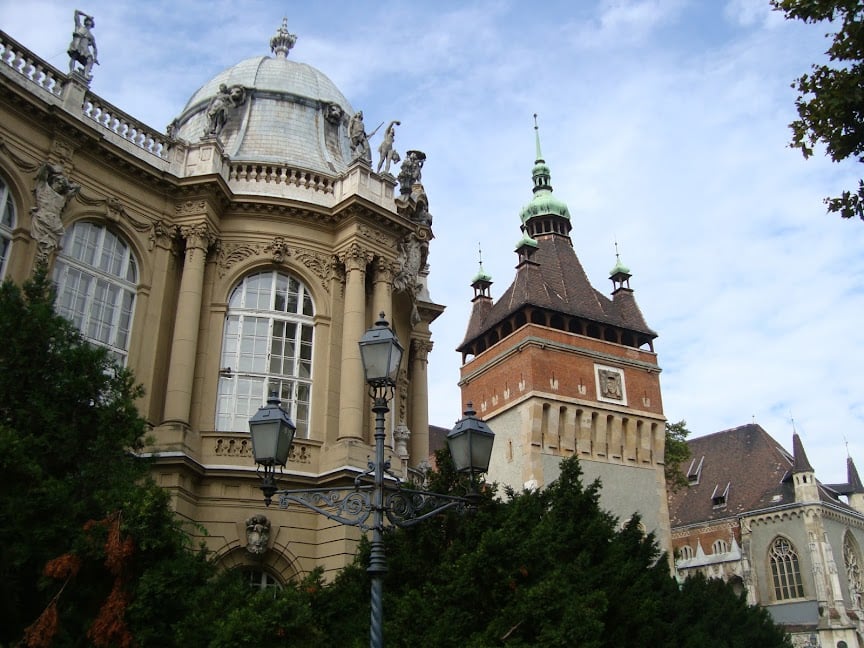
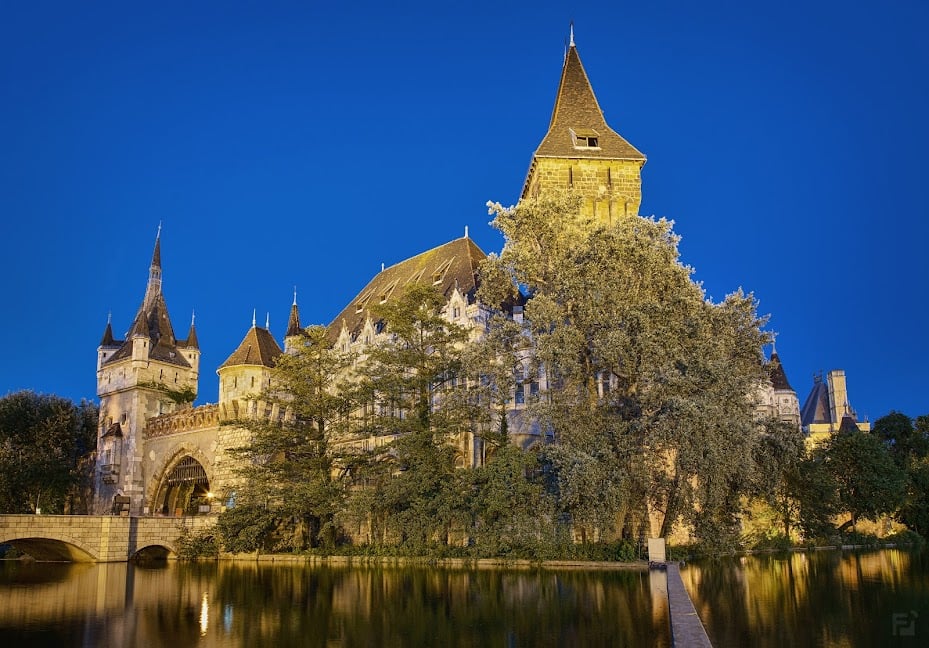
Ask ThatchGPT
Suggest a local expert to plan my trip
Suggest an unique itinerary for my Budapest trip
What foods do Budapest locals eat
What are some true hidden gems in Budapest
Help me brainstorm trip ideas for Budapest
Help me plan a family-friendly trip to Budapest
What people say
Pedro Pereira
Available for hire
"Originally constructed in 1896 for the Millennial Exhibition celebrating Hungary's thousand-year anniversary, the castle was designed by Ignác Alpár as an homage to various architectural styles and historic edifices of the Kingdom of Hungary. Chief among these inspirations was Hunyad Castle, or Corvin Castle, located in present-day Hunedoara, Romania. Initially built from cardboard and wood, the castle's popularity led to its reconstruction in stone and brick between 1904 and 1908.
A unique feature of Vajdahunyad Castle is its amalgamation of Romanesque, Gothic, Renaissance, and Baroque styles, each represented in different sections of the structure. This eclectic design mirrors Hungary's rich and diverse architectural heritage, making it a visual journey through time. Today, the castle is home to the Museum of Hungarian Agriculture, the largest institution of its kind in Europe, offering insights into the country’s agrarian history and traditions.
Within the castle grounds, visitors encounter the statue of Anonymus, created by sculptor Miklós Ligeti. This enigmatic figure, a notary of King Béla III in the 12th century, authored the Gesta Hungarorum, a chronicle of Hungary's early history. The mysterious aura surrounding Anonymus has made his statue a favorite for those seeking inspiration or a touch of legend.
Adding a cinematic connection to the site, the castle’s exterior features a bust of Béla Lugosi, the Hungarian-American actor famed for his portrayal of Count Dracula in the 1931 film. This nod to a figure of Hungarian heritage enhances the castle's appeal for film enthusiasts and history buffs alike."
Read more in:
Silvia De Caro
Available for hire
"Vajdahunyad Castle is located on an island accessible via four bridges in Municipal Park, Budapest's largest municipal park. The construction work on the building complex was completed in 1896, on the occasion of the celebrations of the thousandth anniversary of the foundation of the Hungarian state. Today it is considered a particularly interesting attraction because it bears the characteristics of numerous architectural styles such as Romanesque, Gothic, Renaissance and baroque.
👣How to get there: reachable on foot from Heroes Square (600m, 8min)
Metro stop: Hosök tere, Line M1.
🎟️Ticket cost: full price 3,000 HUF (€7.25), reduced price 1,700 HUF (€4.10)
📌It is an unmissable stop in every season: if you go in the summer you can attend numerous events, in the autumn you can see the foliage and in the winter the lake freezes and you can skate on it."
Read more in:
Keren
"Los Baños Széchenyi son los baños termales más grandes de Budapest, inaugurados en 1913. Ubicados en el Parque de la Ciudad, ofrecen 18 piscinas termales tanto al aire libre como en interiores, alimentadas por pozos termales. Con arquitectura neobarroca, las aguas termales son conocidas por sus propiedades terapéuticas. El lugar cuenta con saunas, baños de vapor y servicios de spa. Además de ser un punto de relajación, Széchenyi organiza eventos y fiestas nocturnas. Abierto todos los días, su ambiente relajado atrae tanto a lugareños como a turistas."
Mentioned in these guides
About Vajdahunyad Castle
Get the inside scoop on Vajdahunyad Castle from local experts, travel creators, and tastemakers. Browse genuine trip notes, Vajdahunyad Castle reviews, photos, travel guides, and itineraries from real travelers and plan your trip with confidence.
Phone
Save this spot for later or start mapping out a new trip today
Try our AI Travel Assistant and get instant answers to any questions about your trip.
Ask ThatchGPT
